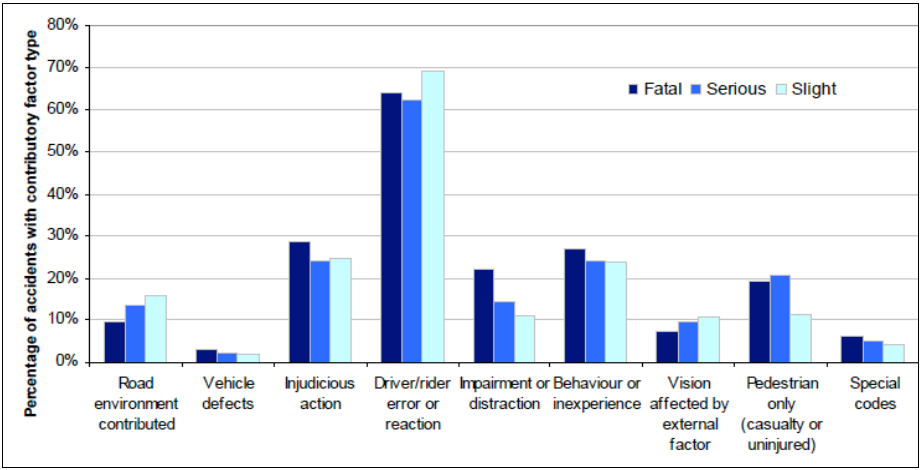
This paper aims to provide a comprehensive picture of the impact of driver distraction on road safety in Greece and internationally. For that purpose a review of international literature and a synthesis of the results were carried out, concerning both in-vehicle distraction sources (e.g. mobile phone use, reading, adjusting the radio) and external distraction sources (e.g. advertising signs, destination search, pedestrian or cyclist). Subsequently, the results of analyses concerning basic invehicle and external driver distraction factors are presented. More specifically, the results of three studies on the effect of mobile phone use on road safety in Greece are presented and discussed. In these studies, the effect of mobile phone use on driver speed and headways was examined by means of different methods, including a naturalistic driving experiment, a roadside survey and a simulator experiment. All studies reveal a significant effect of mobile phone use on driver behavior and safety. Furthermore, the results of a study on the effect of advertising signs on road safety in Greece are discussed. More specifically, the results of ‘before-and-after’ analysis of the placement or removal of advertising signs on 9 sites are presented. The results suggest that the effect of advertising signs on road safety is non significant. Overall, distraction related road accidents appear to be a relatively small yet non negligible proportion of road accidents, whereas in-vehicle distraction sources appear to have a far more significant effect than external ones. These results highlight the need for measures for the improvement of driver’s behavior due to distraction, given that more wireless communication, entertainment and driver assistance systems proliferate the vehicle market, and consequently the incidence of distraction related accidents is likely to escalate.
| ID | pj60 |
| Manuscript | |
| DOI | |
| Tags | driver behaviour, driver distraction, international comparisons |






